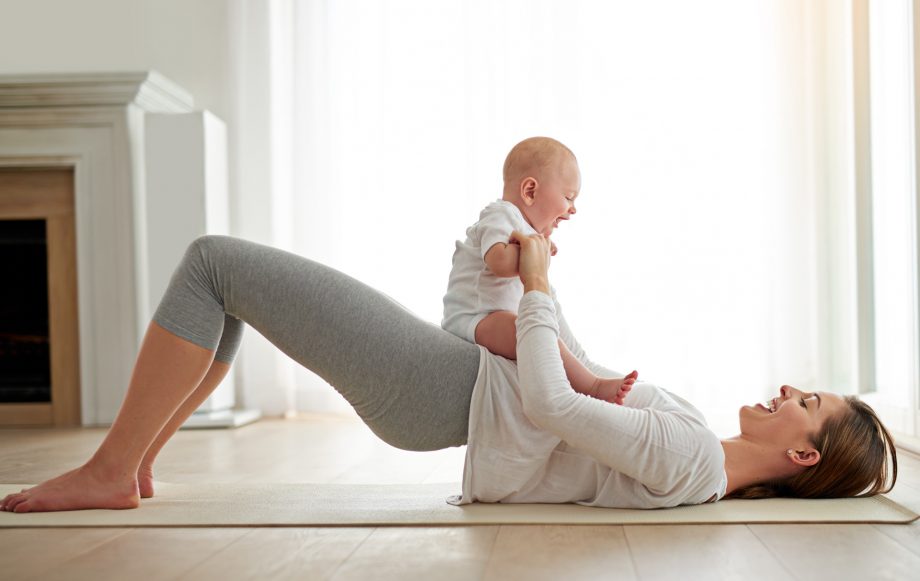Your body changes throughout pregnancy. Your muscles, particularly those in your abdominal and pelvic floor, stretch. Your ligaments will also soften. Ligaments connect bone to bone and offer crucial joint stability. Simple workouts can be done to strengthen these muscles to assist you to look after your body throughout pregnancy and after childbirth. Postnatal physiotherapy programmes are frequently offered in hospitals, where you can learn the best exercises to practise.
The immediate period following childbirth is known as the postnatal or postpartum period. The postnatal period is an important, yet frequently overlooked, stage in the life of a new parent. As per the World Health Organization (WHO), this is the era when the majority of mother and newborn mortality occur, therefore adequate parent and newborn management and care are crucial.
The postnatal period is divided into three different yet interconnected phases:
- Acute Phase: the first 24 hours after delivery.
- Sub-Acute Phase: might extend anytime from 2 to 6 weeks after delivery.
- Late Phase: can extend anytime from 6 weeks to 6 months after delivery.
The length of the Late Phase is determined by the postpartum woman’s major muscle tone and connective tissue repair. The physiological changes that occur during the Late Phase are usually slow and inconspicuous.
Post-natal exercises
Post-natal exercises are activities that are performed specifically after childbirth to assist you in resuming an active lifestyle. They’re also a good strategy to avoid post-partum issues including back pain, pelvic discomfort, and overall weakness that might occur as a result of childbirth. Mamacliqs has specialised women’s health physiotherapists who will conduct a complete examination and post-natal physiotherapy program Malaysia to help you and your child maintain a healthy lifestyle. To ensure that the exercises are both safe and effective, it is critical that a physiotherapy programme is properly-suited to your needs.
What are some of the advantages of postpartum exercise?
Following a customised fitness routine created by a physiotherapist will demonstrate a number of post-natal exercise benefits. These may include the following:
- Stomach muscles that are tighter
- Increased pelvic floor muscle strength
- Regain your original body shape.
- Posture improvement
- Back pain is less likely.
- Return to routine daily activities/sports more quickly
- Incontinence problems are less likely to occur.
What kinds of post-natal exercises should you do?
A variety of post-natal physiotherapy programmes are available. Your physiotherapist will teach you exercises that are tailored to your unique needs and goals, and you will take an active role in your treatment. Physiotherapy may encompass the following:
- Transverse abdominal strengthening exercises
- Hydrotherapy
- Pilates
- Core stability exercises
- Postural advice
- Pacing advice
- Sphincter strengthening exercises
- Pelvic floor strengthening exercises
- Gentle cardiovascular activity such as cycling or treadmill
- Functional exercises
- Back mobility exercises
The Importance of Physical Therapy in the Postnatal Period
Physical therapy can help new moms’ health in the postpartum period by combining manual therapies, specific treatments (like pelvic floor muscle training), and therapeutic exercise. Interventions in physical therapy may aid in the following:
- Boost your mood
- Enhance your cardiorespiratory fitness.
- Weight loss should be encouraged.
- Reduce your chances of developing postpartum depression and anxiety.
- Increase your psychological well-being.
- Enhance sexual well-being and reduce sexual dysfunction.
- As a result, greater quality of life outcomes can be achieved.

